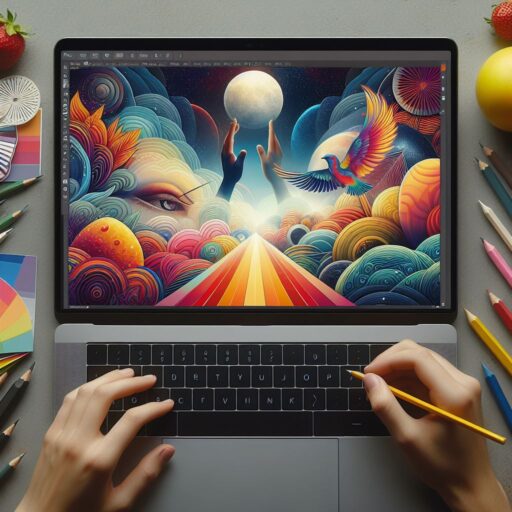In an era where visual communication reigns supreme, the role of graphic design software has become instrumental in shaping artistic expressions, branding endeavors, and storytelling narratives. From novices to seasoned professionals, the need for versatile and efficient tools has led to a proliferation of software designed to cater to various design needs. In this comprehensive guide, we delve into the diverse world of graphic design software, exploring the tools, trends, and choices that define this dynamic landscape.
Evolution of Graphic Design Software:
Graphic design software has undergone a remarkable evolution, mirroring the advancements in technology and the ever-changing demands of creatives. From the pioneering days of Adobe Photoshop, which revolutionized digital imaging, to the emergence of vector-based design with Adobe Illustrator and CorelDRAW, the foundations were laid for the diverse array of software available today.
Categories of Graphic Design Software:
- Raster Graphics Editors: Software like Adobe Photoshop, GIMP, and Affinity Photo excel in manipulating pixel-based images, allowing for detailed editing and photo manipulation.
- Vector Graphics Editors: Adobe Illustrator, CorelDRAW, and Inkscape focus on scalable vector graphics, enabling the creation of precise, scalable designs ideal for logos and illustrations.
- Desktop Publishing Software: Programs like Adobe InDesign and Scribus facilitate layout design for print and digital media, empowering designers to create captivating publications.
- UI/UX Design Tools: Sketch, Adobe XD, and Figma have gained prominence in creating user interfaces and experiences, fostering collaboration and prototyping.
- 3D Graphic Design Software: Blender, Autodesk Maya, and Cinema 4D cater to the creation of three-dimensional models, animations, and visual effects, offering a realm of possibilities for designers.
Trends in Graphic Design Software:
- User Experience Focus: Software developers increasingly prioritize user-centric interfaces and streamlined workflows, enhancing the overall user experience for designers.
- Cloud-Based Collaboration: Many platforms now offer cloud-based solutions, enabling real-time collaboration and seamless sharing of design projects among teams.
- Artificial Intelligence Integration: AI-powered features, such as automated tasks, intelligent suggestions, and image recognition, are becoming prevalent, aiding designers in their creative processes.
- Cross-Platform Compatibility: With the shift towards multi-device usage, software that seamlessly operates across various platforms and devices has gained traction.
Factors Influencing Choice of Software:
- Usability and Learning Curve: The intuitiveness of the interface and the learning curve associated with each software influence the preferences of designers.
- Feature Set and Specializations: Different software specialize in distinct features; selecting the appropriate tool often depends on the specific design requirements.
- Cost and Accessibility: The pricing models, subscription plans, and accessibility to updates and support also play a crucial role in software selection.
Conclusion:
The realm of graphic design software continues to expand and evolve, catering to the diverse needs and aspirations of designers worldwide. The choice of software is often subjective, hinging on individual preferences, project demands, and the desired outcome. As technology advances and creative boundaries are pushed further, the future of graphic design software promises innovation, efficiency, and boundless creativity.
In the pursuit of visual excellence and creative ingenuity, the wide array of graphic design software serves as a canvas for the artistic aspirations of designers, empowering them to transform ideas into captivating visual masterpieces.







